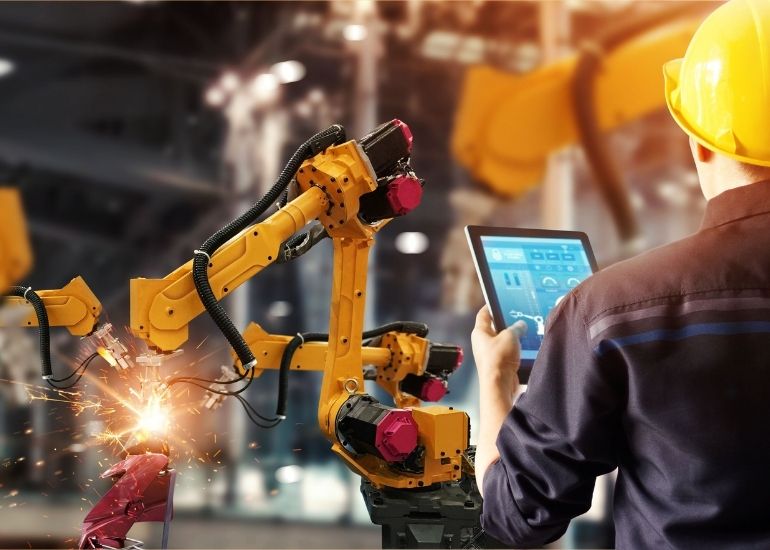Every day leads to new technological advancements. What works well now may be obsolete within five years, causing everyone to adapt to change. The field of welding has seen these changes through automation. Here are the pros and cons of automated welding systems to see if your shop would be better with or without them.
Pros
Increased Output
Automated welding systems generate at least double the production of two seasoned welders. Automation helps make up for lost production from a lack of workers. An injury or illness that causes someone to miss time can throw a workshop into a frenzy. However, a machine can make up that time rapidly, making it a top benefit for automated welding.
Reduced Labor
Automated welding produces quick welds while not wasting any time. Manual welds take time because an operator must be precise. If not, it can take time to correct mistakes. Automation evades mishaps because it’s accurate with every cut, reducing any downtime from a manual welder’s poor performance.
Improve Quality
There are several reasons a manual weld might suffer. A human being has emotions and feelings; hence, being tired, upset, or preoccupied with events outside of the job can translate to someone’s performance. As of now, machines don’t feel things unless we fall deeper into a Black Mirror simulation. They do what you program them to do, which leads to a limited number of rejects.
Cons
Costly To Implement
One disadvantage of investing in automated welding technology is the hefty initial investment. As with most newly implemented technology, automated welding is expensive.
While manual welding is more cost-effective in the short term, it may be costlier in the long run. Labor expenses, maintenance repairs, manufacturing waste, and unanticipated problems may occur.
Taking Jobs Away
Another downfall of automated welding is it takes away opportunities for job seekers. Several industries have cut down on their labor force thanks to innovative technology. Of course, doing so can save money due to the reduced labor costs. However, losing a job to a robot can be a tough pill to swallow.
Lack of Flexibility
Hand welders may quickly shift between components, whereas automated welding equipment can only concentrate on a specific part of the welding process. When a quick change is necessary, a steady hand can adjust better than a machine.
What Best Suits You?
As you see, there are multiple pros and cons of automated welding systems. The correct answer might be to use both. There is semi-automated equipment you can use that has an automated machine’s functions with an operator controlling it. Regardless of your decision, automation has advanced the welding industry to new heights.

